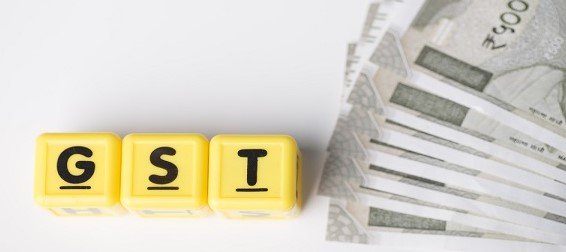Major fast-moving consumer goods companies in India are rolling out hefty discounts to retailers as the country gears up for a big GST rate cut on September 22, 2025. These offers, ranging from 4 to 20 percent on various household essentials, aim to clear existing stock and smooth the shift to lower taxes, with deals lasting until September 21.
Discounts Drive Stock Clearance
Fast-moving consumer goods leaders like Hindustan Unilever, Procter & Gamble India, Dabur India, L’Oreal India, and Himalaya Wellness have launched quantity purchase schemes for retailers. These schemes provide discounts between 4 and 20 percent on select products, helping companies manage inventory before the new tax rates kick in.
Retailers benefit from these deals by stocking up at lower costs, which could lead to better prices for shoppers in the short term. Industry insiders say this move prevents potential losses from unsold goods priced under the old tax system. With the festive season approaching, these discounts add extra appeal for bulk buys.
The offers focus on high-volume items, allowing firms to avoid repackaging waste estimated at thousands of crores. This strategy aligns with recent government approvals that let manufacturers revise maximum retail prices on existing stock until the end of the year.

Key Products Seeing Tax Reductions
The GST overhaul targets everyday essentials, dropping rates from 18 percent or 12 percent to just 5 percent for many items. This change affects a wide range of personal care and household products that millions of Indians use daily.
Here is a breakdown of some major items impacted by the rate cuts:
| Product Category | Old GST Rate | New GST Rate | Expected Benefit |
|---|---|---|---|
| Shampoos | 18% | 5% | Lower costs for hair care routines |
| Hair Oil | 18% | 5% | Savings on grooming essentials |
| Toothpaste | 18% | 5% | Cheaper oral hygiene products |
| Soaps | 18% or 12% | 5% | Reduced prices for bathing items |
| Butter and Ghee | 12% | 5% | Affordable kitchen staples |
| Noodles and Snacks | 12% or 18% | 5% | Budget-friendly food options |
These reductions come as part of the broader GST 2.0 reforms, which also slash taxes on items like bicycles, kitchenware, and certain dairy products to zero or 5 percent. The goal is to ease inflation pressures and boost consumer spending amid economic recovery efforts.
Experts note that while small packs at price points like 5 rupees or 10 rupees might not see immediate price drops, companies plan to increase pack sizes or grammage to pass on benefits without disrupting market habits.
Why Companies Are Acting Now
Firms are pushing these discounts to sidestep challenges from the tax transition. With the new rates effective from September 22, existing stock printed with old prices could become hard to sell without adjustments.
Government rules now allow stickers or stamps to update prices, but many companies prefer clearing inventory through promotions to cut down on logistics hassles. This approach also helps avoid anti-profiteering complaints, where firms must prove they pass tax savings to consumers.
In recent weeks, trade notices from top players have outlined these plans, emphasizing volume growth over price cuts on low-value items. Logical reasoning suggests this prevents supply chain disruptions and maintains steady demand in rural and urban markets.
The timing ties into India’s economic trends, where consumer spending has dipped due to high inflation. By offering discounts now, companies aim to stimulate sales and build goodwill ahead of festivals like Diwali.
How This Affects Shoppers and the Market
Consumers stand to gain from lower effective prices, especially on daily necessities that form a big part of household budgets. Retailers passing on discounts could mean savings of up to 13 percent on items like shampoos and toothpaste.
However, not all benefits will show up right away. For small packs, firms might opt for more product quantity instead of lower prices to keep familiar price tags intact. This balances affordability with business needs.
Market analysts predict a rally in FMCG stocks, as seen in recent gains for companies like Britannia and Colgate after the rate cut announcement. Broader impacts include:
- Increased rural demand due to cheaper essentials.
- Potential boost in manufacturing as firms adjust to new slabs.
- Reduced inflation on consumer goods, supporting economic stability.
These changes build on past reforms, like the 2017 GST launch, which unified taxes but faced initial hurdles. Now, with GST 2.0, the focus shifts to making life easier for average families.
Looking Ahead to Post-GST Changes
As September 22 approaches, industry watchers expect more adjustments, including possible price tweaks on larger packs. Companies will monitor sales data to refine strategies, ensuring they comply with rules while maximizing profits.
This shift could set a precedent for future tax reforms, encouraging proactive stock management. For now, the discounts provide a timely relief, aligning with global trends where governments ease burdens on essentials during economic slowdowns.
Share your thoughts on how these GST changes might affect your shopping habits, and spread the word if this helps you plan better.
